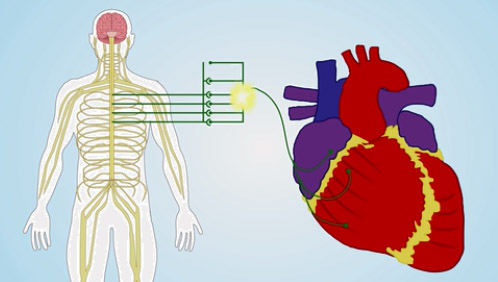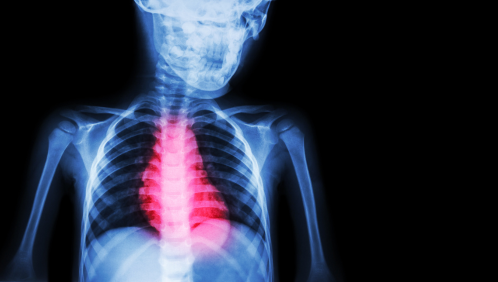
The Role of the Spinal Cord in Regulating Myocardial Sympathoexcitation
The spinal cord serves as the main nexus point for neural regulation of cardiac sympathetics. Myocardial ischemia activates local afferent sympathetic nerve endings in the ischemic myocardium that synapse in the thoracic spinal cord with a complex neural circuit, resulting in reflex efferent sympathoexcitation. While nociceptive pathways have been studied, evidence suggests that the spinal neural network involved in cardiovascular sympathetic responses differ from those involved in nociception. However, the network interactions and organization of the specific neural circuits involved in myocardial ischemia are unknown. These network connections combined with descending projections from the higher centers ultimately control sympathetic preganglionic neuron output in the interomediolateral cell column. The goal of this project is to investigate the spinal cord network that regulates the myocardial sympathoexcitation.

Spinal Neuraxial Modulation Therapies in Ischemic Heart Disease
Treatment for patients with chronic myocardial infarction and heart failure, including beta-blockers and neuraxial modulation, achieve therapeutic success largely through sympatholytic pathways. The Mahajan Lab recently showed that neuromodulation therapies directed at the spinal cord, including thoracic epidural anesthesia and spinal cord stimulation, decrease cardiac sympathoexcitation and reduce ventricular arrhythmias during acute ischemia, thus providing novel avenues for therapeutic intervention in prevention of sudden cardiac death. Recently, dorsal root ganglion stimulation has been advocated as an effective approach to modulate the afferent neural inputs to the spinal cord, providing a more selective therapeutic approach. The aim of this project is to assess the efficacy of spinal neuroaxial neuromodulation therapies and investigate how neuromodulation therapies regulate cardiospinal neural circuits and control cardiac sympathoexcitation, specifically during acute myocardial stress in chronic ischemic heart disease.